
It’s Saturday morning and when I arrive at El Esperado stables in Sabana Grande of Nicoya, 36-year-old William Marchena, known as Marchenia, is getting a load of hay bales that will soon become breakfast for 10 horses.
This horse trainer’s chores start every day at 6 a.m. when he gives them horse feed and an hour later bales of hay.
From age 15, Marchenia already had good legs for bull riding and he already knew what it was like to ride perched on the back of an animal weighing more than 400 kilograms (880 pounds). However, he ended up choosing the nobility of horses and thus decided to care for and break horses.
“I break them to ride them,” he assures me. “I try to make a binomial pairing with the horse. That is to say, I have to understand the horse. The horse knows your smell, voice, pulse and even your weight when you mount.”
The first lesson Marchenia teaches the horses called “cabrestear,” a process of tying a horse up so it will accept the lead rope and follow orders.
Then he gradually puts on the saddle and rides the horses briefly so they get used to it. Later, after several practice sessions, Marchena puts on the bridle.
Marchenia reveals to me some of his secrets for breaking horses and just before giving the Filet (a type of snaffle bit) to Tormenta, a 3-year-old mare, he puts a little molasses on it. “It’s so she accepts it better,” he tells me.
Another technique that the Nicoyan uses is bathing and brushing the horses down before putting the saddle on. For this, he uses a scraper that is a kind of brush that removes dead cells from the animal’s coat and brings out its natural color and shine.
Afterward, Marchenia puts a saddle on Espiritu, a 6-year-old bay mare, and begins to warm her up, turning in a confined space interchanging short strides.
“The horse is an athlete and has to be well prepared before going out. As she warms up, she gets better,” he tells me.
Finally I ask him how he would define his style of breaking horses and he sums it up for me: “It is with love.”
Hojancha, Cradle of Champions
Hojancha is also famous for breeding and training horses. One of the most renowned horse trainers at the national and international level is Orlando Venegas, who has been training champion horses for more than 30 years.
Venegas defines his style as “training gaited horses” and almost always for competitions, without putting aside the love he feels for them. “The first thing I do when they are born is to hug them and give them affection. It is important for them to feel your warmth,” he says.
Then, as time passes, Venegas starts with different techniques: lunging, tying them up and leading (to accept the rope), and finally putting on a halter and a saddle.
In his stables, he handles about 20 horses from around the country. The results of Venegas’ training are obvious and he affirms that he has sold horses for up to $ 30,000.
As I walk away from the stables, it is clear to me that the fierce neighing, the elegance and the unparalleled gait of Guanacaste’s horses will continue delighting equestrian lovers.
|
|


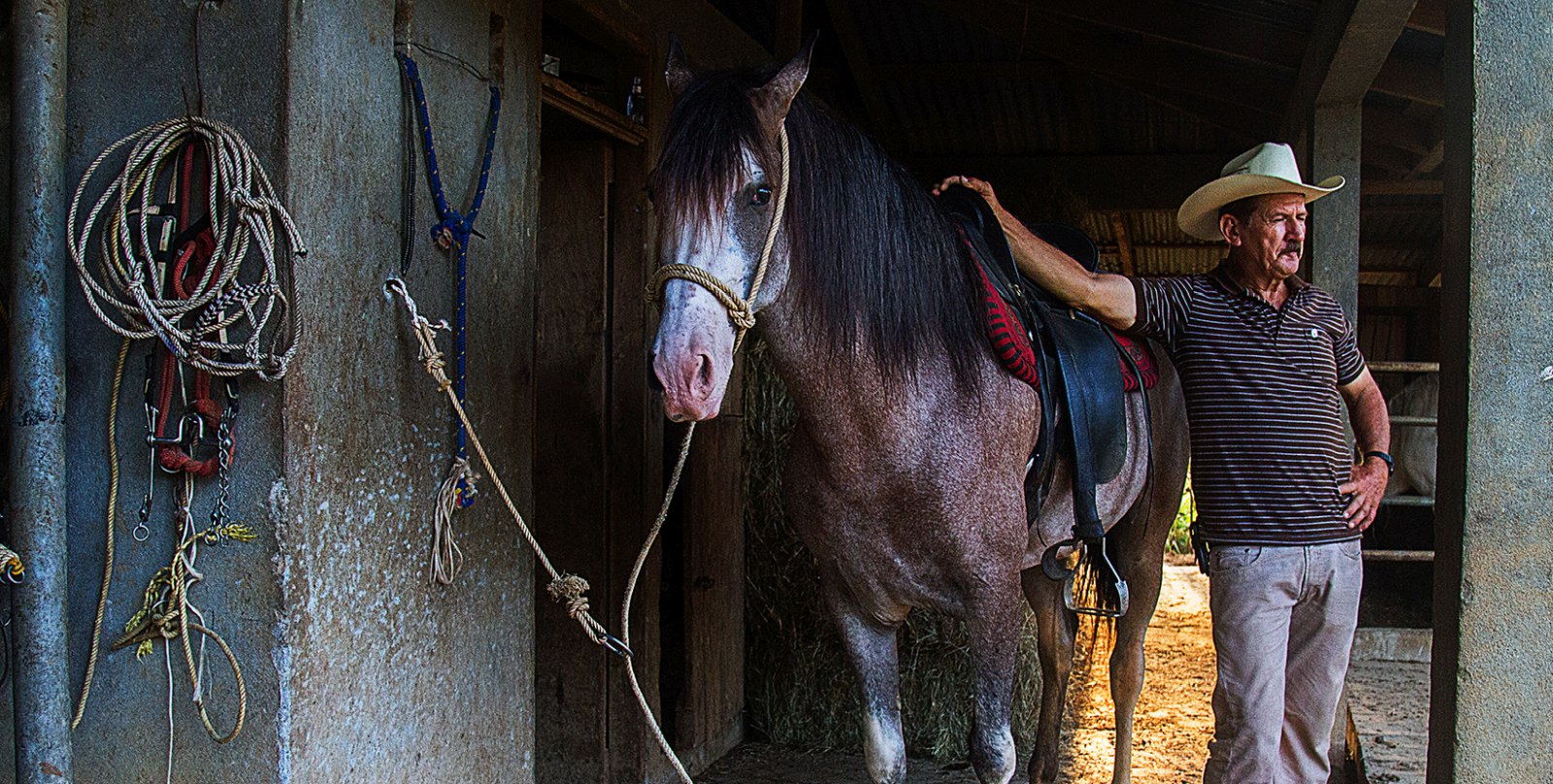
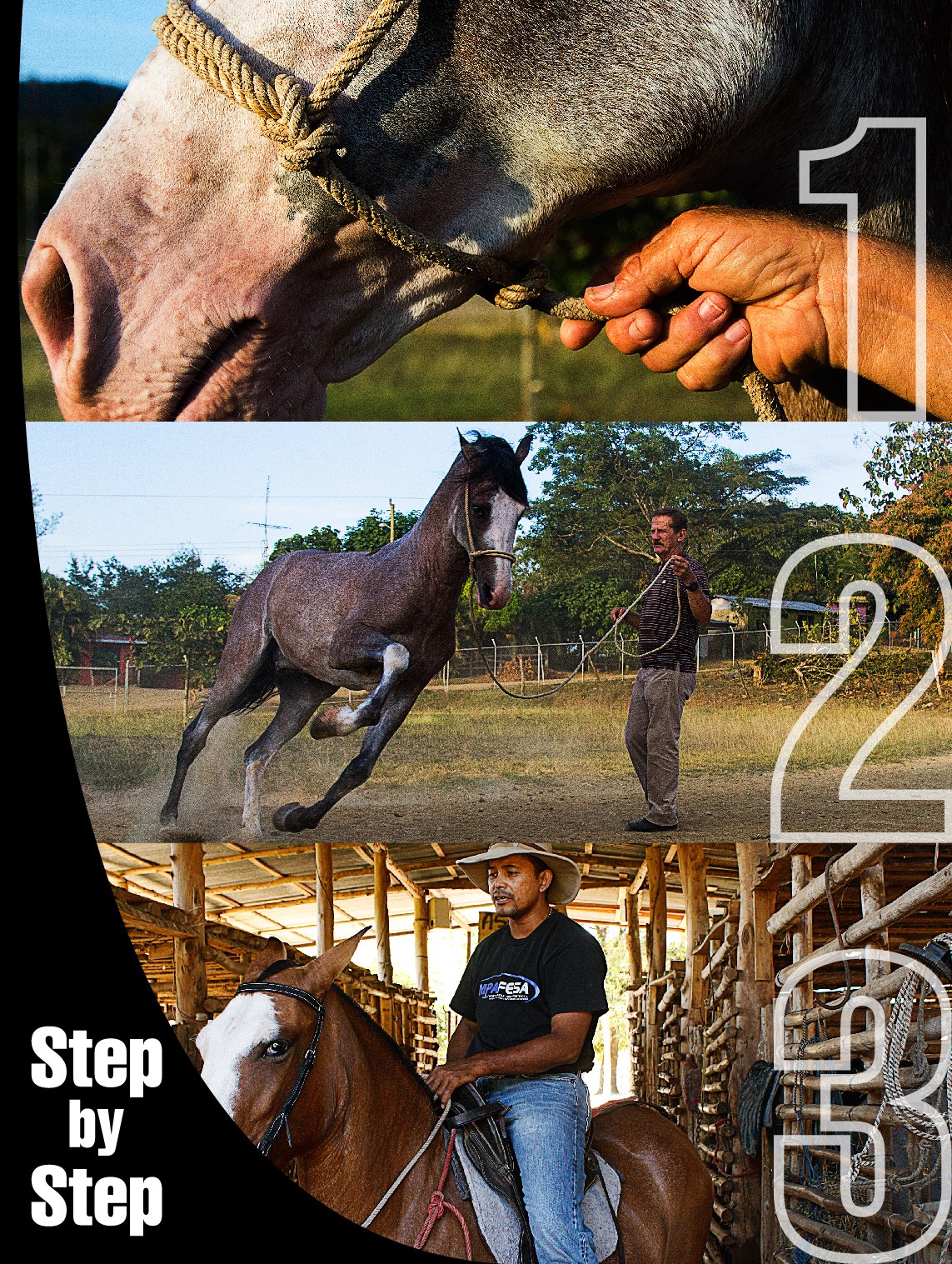
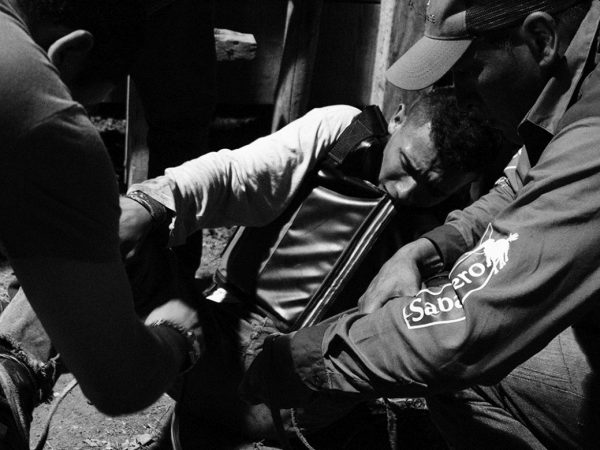
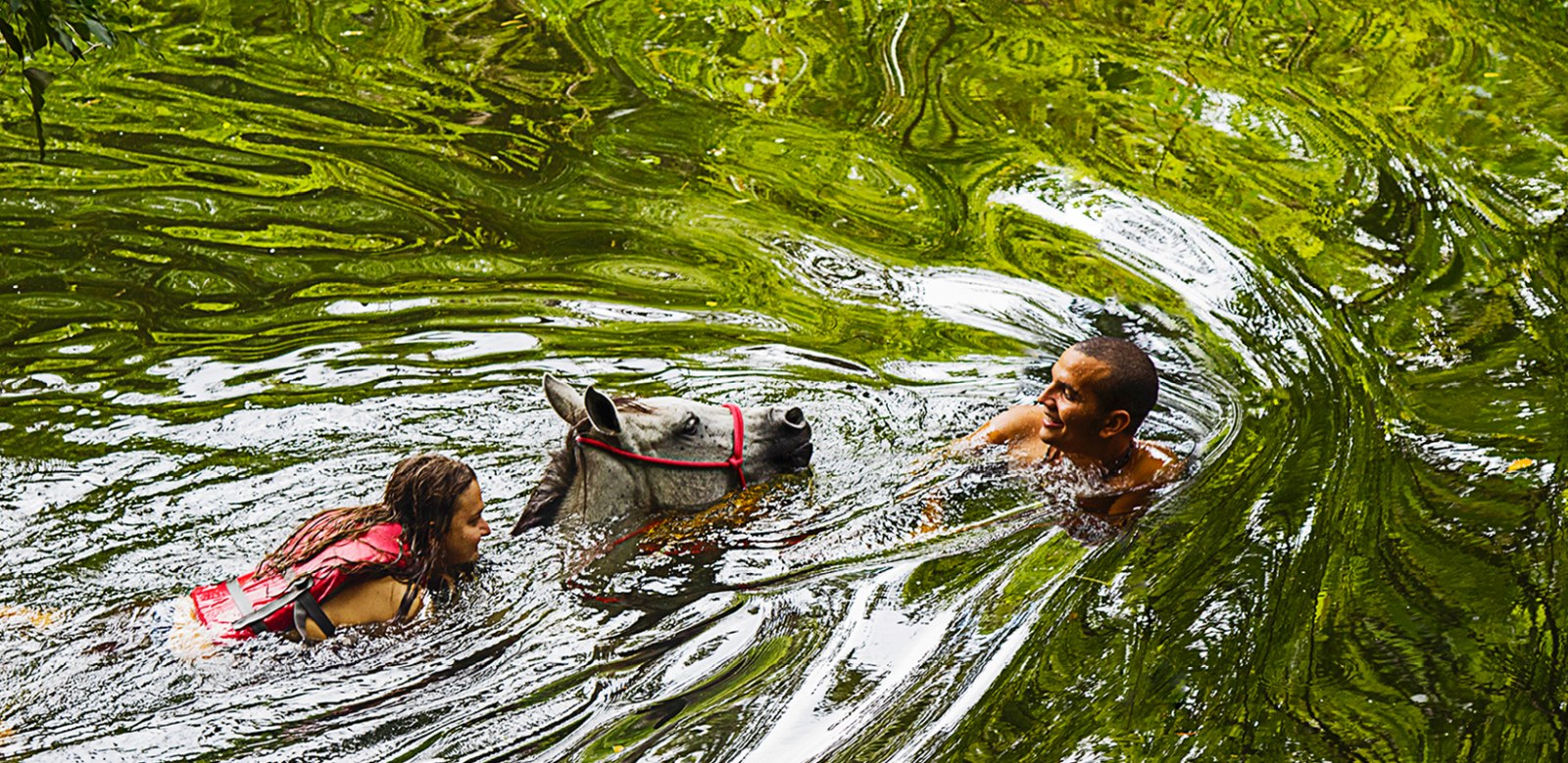
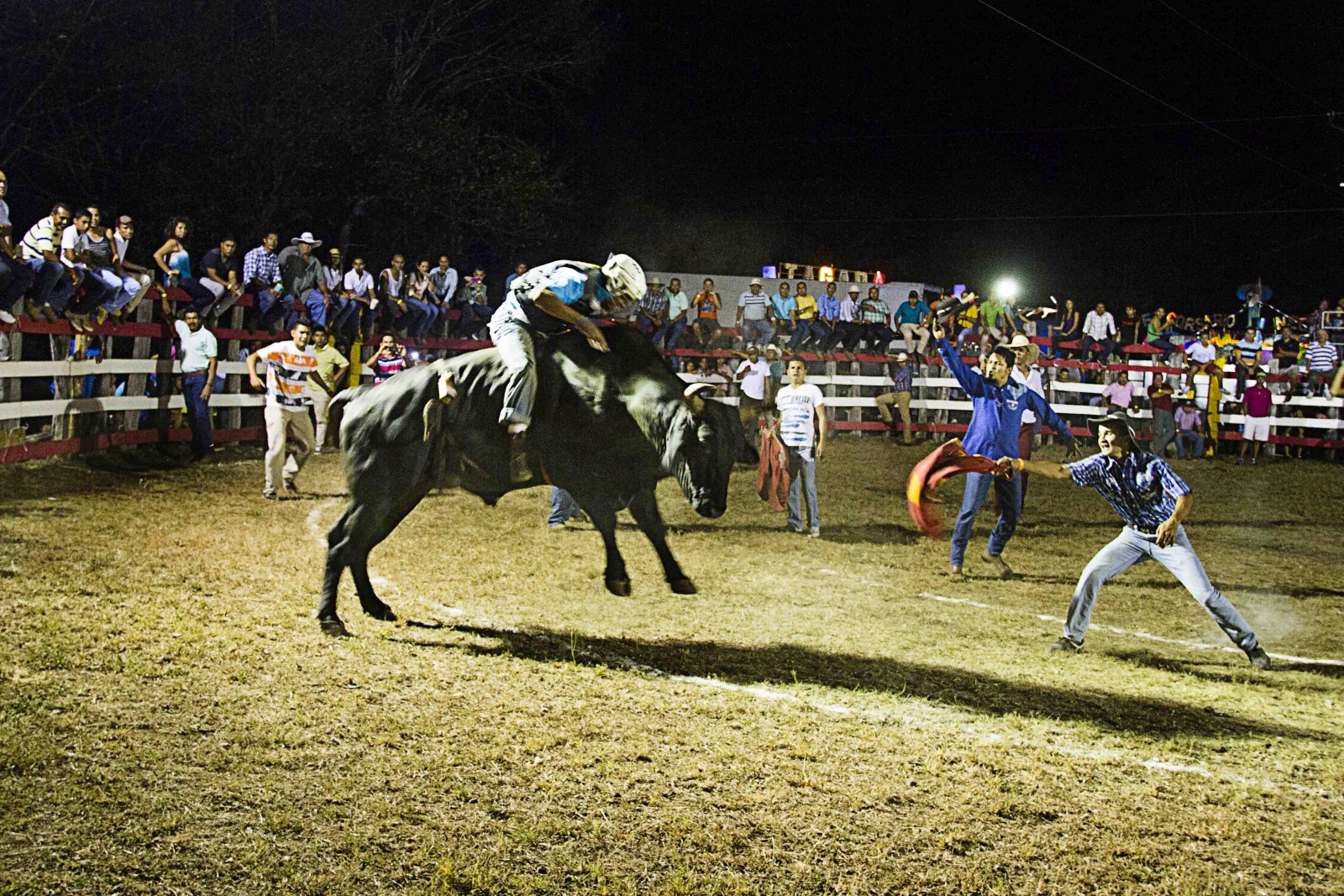

Comments